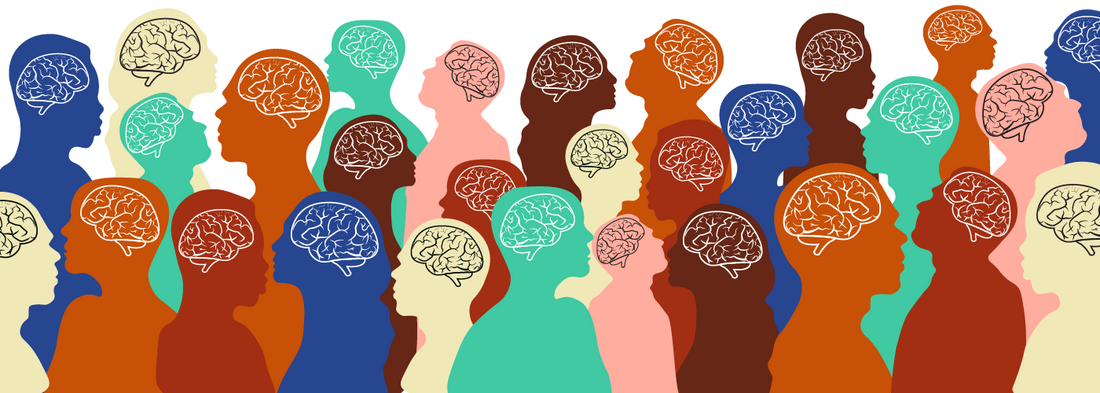What is neurodiversity? This is a question that many people are asking. Neurodiversity is a term that is used to describe a variety of different neurological conditions. These conditions can include autism, dyslexia, and ADHD. There are many different opinions about what neurodiversity means, but the definition is simple at its core. Neurodiversity refers to the diversity of brains in the world. Each brain is unique and deserves to be respected and appreciated.
The term “neurodiversity” was first coined in the late 1990s by Judy Singer, an Australian disability rights activist. She used the term to describe the fact that, just like there is diversity in races and cultures, there is also diversity in brain types. She argued that this diversity should be celebrated instead of being seen as a deficiency. Since then, the neurodiversity movement has gained traction all over the world. Parents of children with neurological conditions have formed support groups and advocacy organizations. And in recent years, there has been a growing recognition of neurodiversity in the workplace. Many companies are now making an effort to be more inclusive of employees with different brain types.
The definition of neurodiversity is simple, but the concept is complex. To be neurodivergent is to be different from the mainstream way of thinking. It means that your brain works uniquely and that you think differently than most people. Disability and neurodiversity are not the same things. However, those with neurodivergent traits could require specific accommodations in the office or school. For example, someone with ADHD may need a more flexible work schedule, or someone on the autism spectrum may need a quiet place to work.
Besides ADHD, neurodiversity commonly refers to people with:
- Autism spectrum disorder
- Dyslexia
- Dyspraxia
- Other learning disabilities
A neurodiverse student learns, processes, and socializes differently than the mainstream. This term typically refers to students who have a diagnosis of the autism spectrum, but it can also include students with ADHD, dyslexia, and other learning differences.

For a neurodiverse student, a school can be a challenging and frustrating experience. They may feel like they are constantly falling behind or not living up to expectations. They may feel misunderstood by their teachers and peers. And they may struggle with social situations that come quickly to other students.
But with the right accommodations and support, a neurodiverse student can thrive in school. Here are some things that educators or parents can do to help:
- Create a safe and supportive environment.
- Respect the student’s individuality.
- Provide accommodations as needed.
- Encourage self-advocacy skills.
- Help the student find their strengths and passions.
- Foster a love of learning.
Challenges faced by those with neurodivergent traits often include a lack of understanding and inclusion from society. This can lead to feelings of isolation and frustration. Additionally, those with neurodivergent traits may find it challenging to navigate the mainstream education or work systems, which are often not designed for them.
Fidget toys can be a great way for neurodiverse students to focus in the classroom. Many students with ADHD, dyslexia and other learning differences find it difficult to stay focused in a traditional setting. Fidget toys can help them to stay on task and concentrate.

There are many different types of fidget toys available, and each student may prefer a different type. Some popular fidget toys include:
All of these toys can help kids to focus and stay on task. They provide a way for kids to release energy and tension without disturbing their classmates. Fidget toys are also an excellent way for students to calm down and relax when they feel overwhelmed or stressed out.
Neurodiversity is a term that refers to the diversity of brains and thinking styles in the world. It is not disability but rather a difference in how someone thinks. There are many different types of neurodivergent people, including those with ADHD, dyslexia, autism spectrum disorder, and other learning differences. For neurodiverse students, the school can be a challenging but rewarding experience.
They can thrive in any academic setting with the right accommodations and support. Fidget toys are one way for these students to focus and stay on task in the classroom. They provide a way for kids to release energy and tension without disturbing their classmates.

